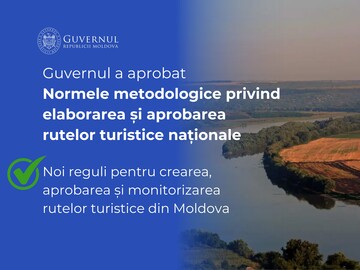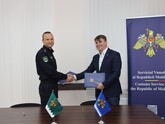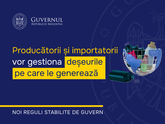
The cultural and economic potential of national tourist routes will be taken into account when developing them
This is provided for in the methodological standards for the development and approval of national tourist routes, which were approved by the government this week. The document was developed to simplify the stages of development, approval, registration, promotion, and arrangement of national tourist routes. The regulatory act establishes clear requirements to facilitate the creation of competitive national tourist routes, which will allow their potential to be used as effectively as possible. The adoption and implementation of the document is aimed at revitalizing tourism by promoting tourist attractions through developed and approved routes. The Ministry of Culture notes that the development of tourism stimulates about 20 related industries — transport, food, cultural and sports services, recreation, medical care, etc., which contributes to economic and social growth, as well as the rational and sustainable use of Moldova's tourism potential, creating a favorable environment for the formation of a competitive and sustainable tourism product. In addition, the document will contribute to the sustainable development of the settlements through which the routes pass and the creation of a framework for cooperation between first and second-level administrative-territorial units that are entitled to participate in the development of tourist routes. The methodology will contribute to the growth of tourist flows, the promotion of tourist destinations through the organization of socio-cultural events, and, last but not least, the development of cooperation between economic agents that are part of a single national tourist route. According to the methodology, the national tourist route dossier will include a package of documents: a technical passport for the route; a technological map of the route; a passport for tourist sites included in the route; a control text for the route; a conclusion with a recommendation for the approval of the route, signed by a professional association in the field of tourism or an academic institution engaged in the training or advanced training of tourist guides, or a university that trains specialists in the field of tourism, or an institution responsible for the field of cultural heritage — if the route includes sites of cultural significance; a conclusion from the local authority in the area where the national tourist route is located, as well as a conclusion from the competent state authorities if the route passes through protected natural areas and forest reserves. The methodology will come into force one month after publication. // 13.10.2025 – InfoMarket.







